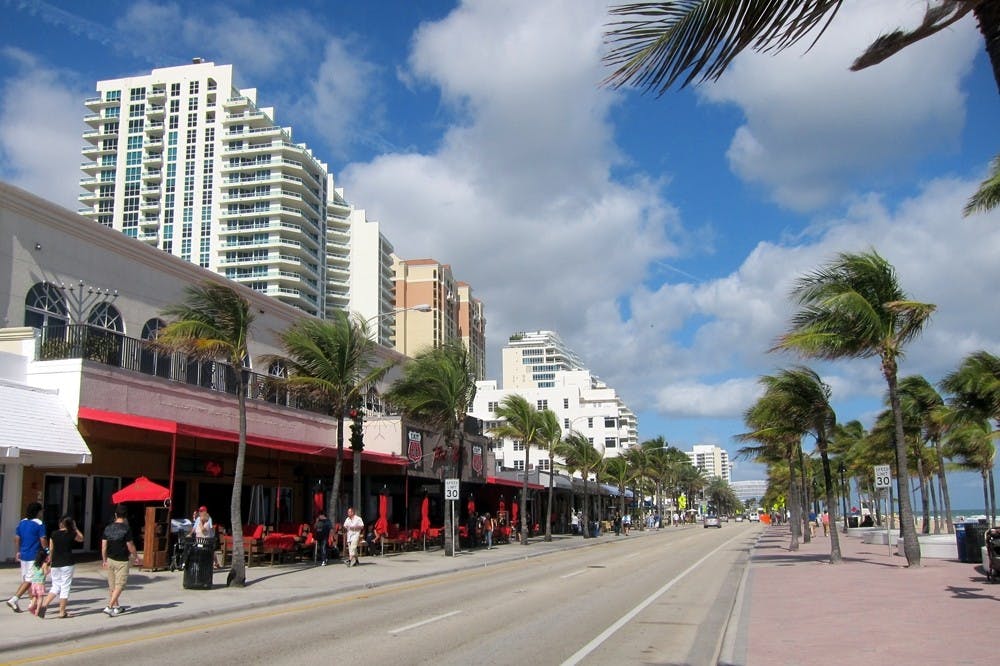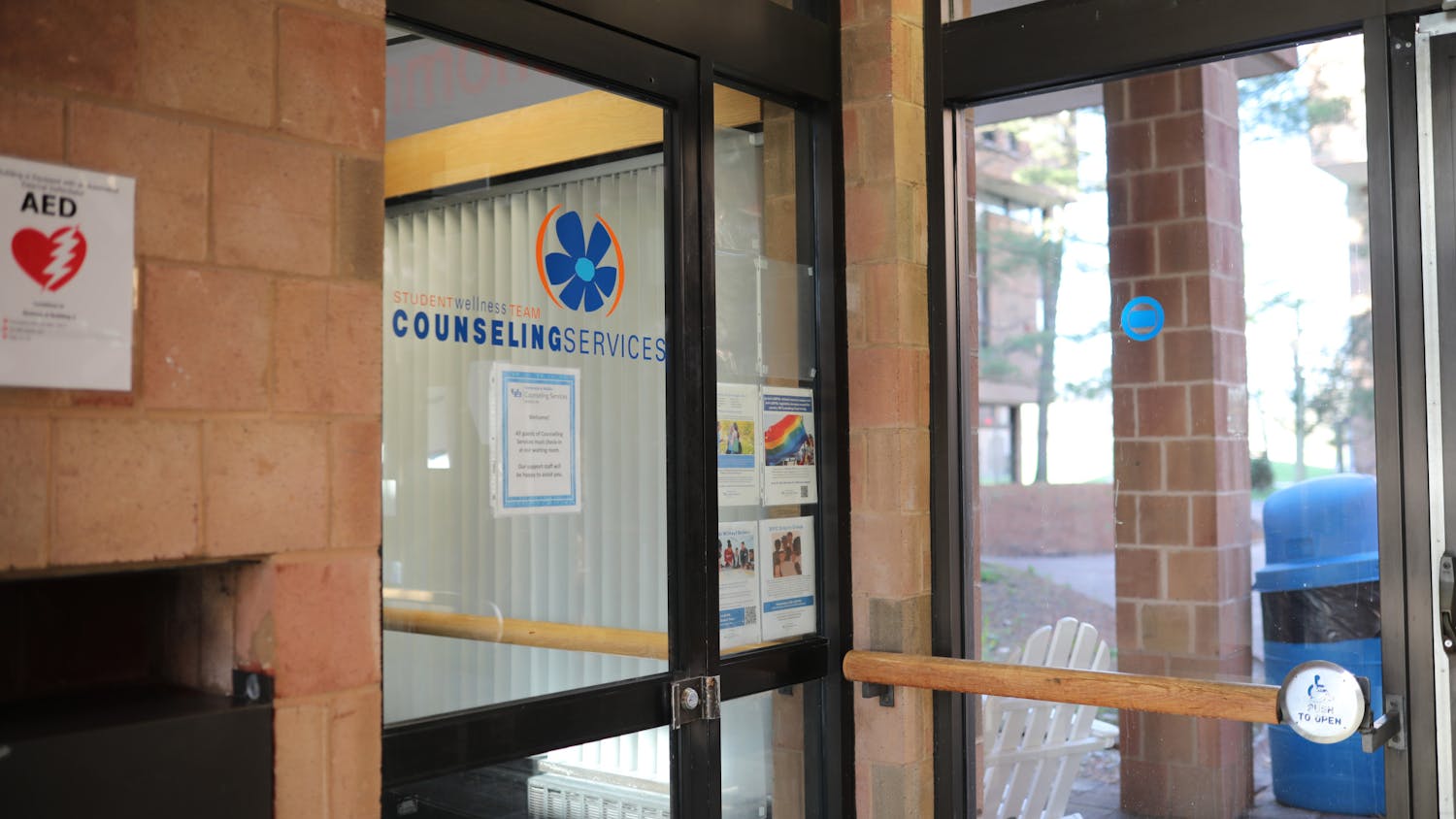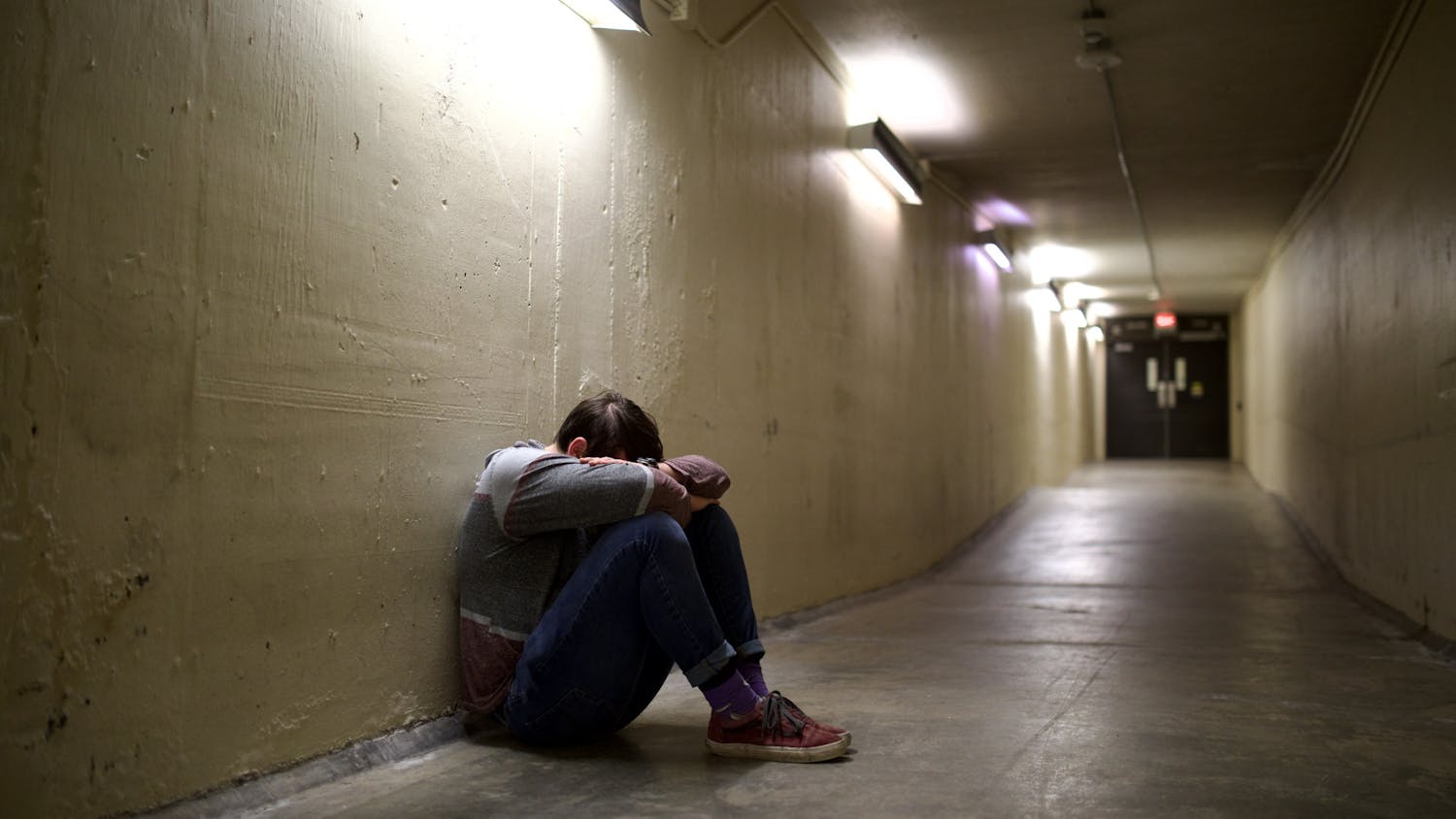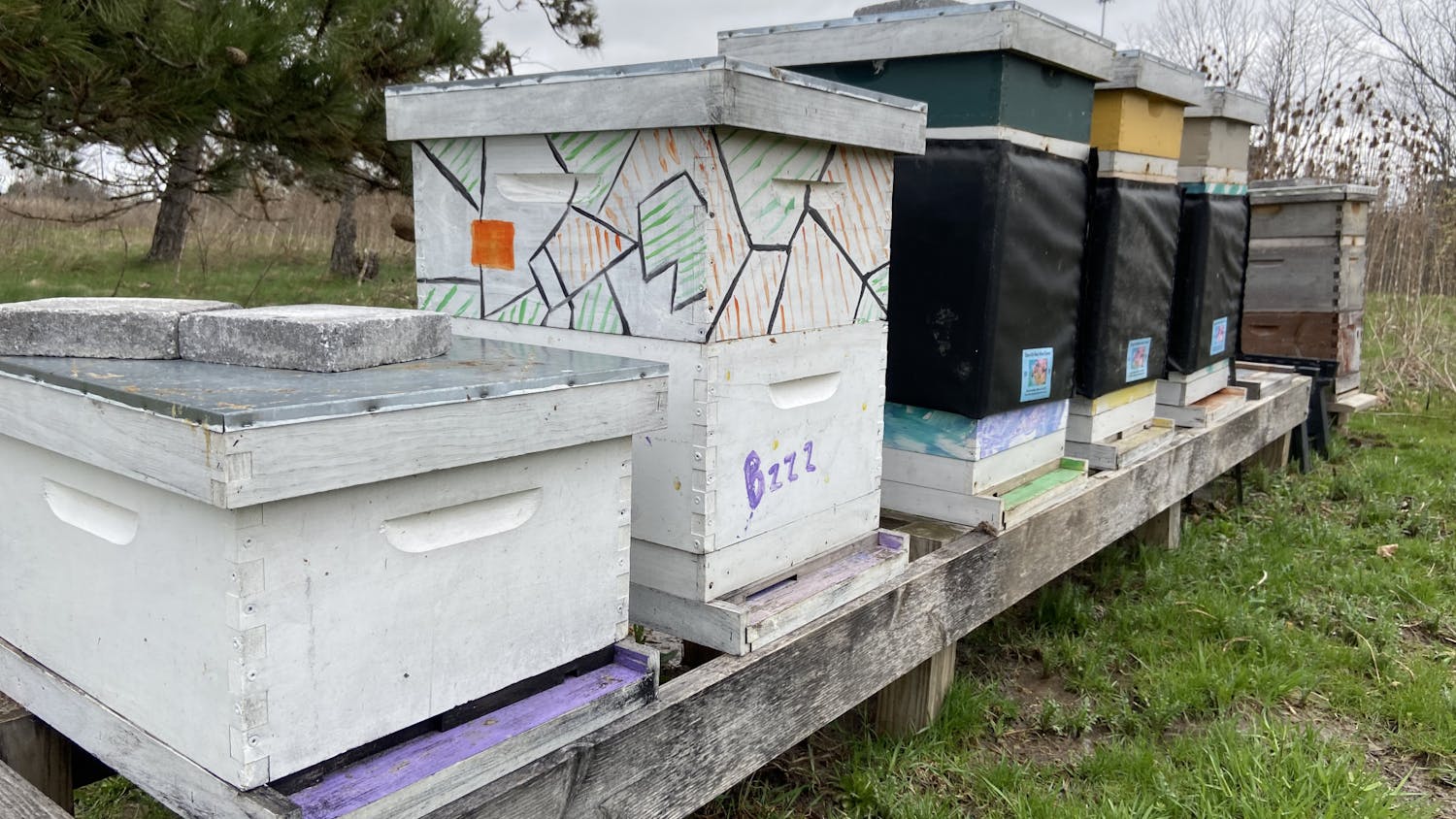Since its inception, spring break has become one of the great “extracurricular” aspects of the college experience.
For a few wild weeks in March, hundreds of thousands of students are set to descend on beaches across the country in an annual tradition of bringing their penchant for partying to sunny locales all over the continent.
Spring break, as we know it, began in 1938 when a Colgate University swimming coach brought his team to practice in a state-of-the-art pool in Ft. Lauderdale, Florida.
Many other swim teams followed suit and Ft. Lauderdale soon became a popular spring destination for college students around the nation.
As the popularity of spring break partying grew, towns like Daytona Beach, Panama City Beach and Cancun sprouted into destinations for collegiate debauchery, often to the dismay of residents.
The 1980s saw legal measures that could serve to crack down on the wild behavior of college students on recess. For example, the Orlando Sentinel and Sun Sentinel reported that between 1985 and 1986, Florida had passed open container laws and increased the drinking age from 19 to 21 years old.
But these spring fever antics are not terribly new and show no signs of fading. The tradition of celebrating spring with intoxication, promiscuity and general hedonistic excess can be traced back to the ancient cultures of Rome and Greece, who were known for throwing drunken orgies to celebrate the renewed fertility of the season.
Rich as the history of springtime festivities may be, the tradition of Bacchanalian celebration at the end of winter doesn’t keep students out of trouble.
Every year, the recklessness of spring break merrymaking leaves a number of students dead, injured or victims of sexual assault. Many are treated for alcohol and drug overdoses. Others land in trouble with law enforcement.
Perry Smith, a senior chemical engineering major who declined to provide his real name due to the nature of the incident, had driven to South Carolina during his first spring break trip in 2014. He and some friends had rented a vacation home by the beach for eight days.
The group was drinking at a bar when they met a group of local students who were spending the night on the town.
“This group of guys came into the bar, real messed up and invited us to go hang with them on the beach down the road,” Smith said. “We didn’t have anything going on so we went with them to the parking lot. They had this big red truck with a Confederate Flag flying on the back they started driving it up and down the shore.”
According to Smith, the group started “doing donuts” in the sand, “tearing up the beach and making a lot of noise.” The ruckus eventually attracted the attention of law enforcement.
“One of the people in the neighborhood probably heard and called about it,” Smith said. “I don’t really blame them, we were probably all too loud.”
When the police arrived, several men in the group were ticketed for open container violations.
“The guy who owned the truck was held for a while,” Smith said. “Maybe for drunk driving, but my group split before we could find out what happened. They weren’t the best crowd. That was just one night. I could go on all day.”
While Smith enjoyed past recesses, he won’t be participating in a traditional spring break trip this year. Instead, he is opting for what many other UB students are already planning: a week spent with family and high school friends.
Alex Nistico, a sophomore electrical engineering major and musician, will be spending his break with family while focusing on a unique project — building a guitar pedal.
“It’s the first one I’m doing, so I got a kit online,” Nistico said. “It comes with all the parts and a premade circuitboard, but I have to read the schematic to know where everything goes.”
This summer, Nistico plans to build another pedal from scratch.
While many students travel during the break, not everyone is hitting the road in search of a week-long bender.
Students like Colin Cess, a sophomore pharmaceutical sciences student, are taking the break as a chance to catch up with old friends.
“I’m going down to visit a friend down at the University of Tennessee,” he said. “The plan is just to chill and enjoy that warmth and sunshine that isn’t Buffalo.”
While the “classic” spring break experience remains a popular choice, variety abounds.
Students anonymously shared their spring break plans with Post-it notes on the spring break display on the third floor of the Student Union.
Responses reflected the range of plans: “Snowboarding!” “Spring Break in Jamaica,” “Going to Nicaragua!” “ECFest!!” and “Sewing + Cats.”
New initiatives have emerged to encourage students to use their spring break to support worthy causes. Many students will be spending their break volunteering through service-based “alternative break” programs organized by the Office of Student Engagement.
Luke Heuskin is the assistant arts editor and can be reached at luke.heuskin@ubspectrum.com





